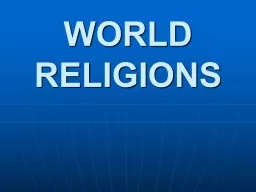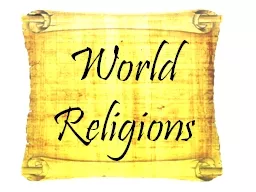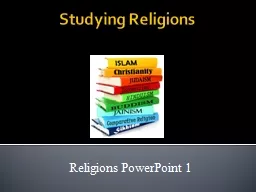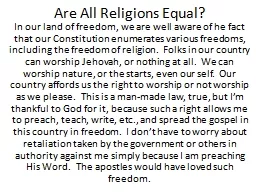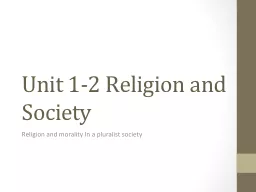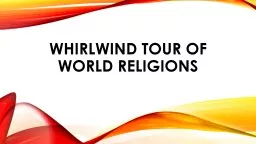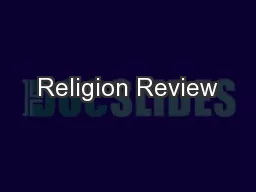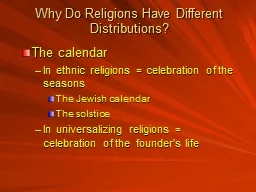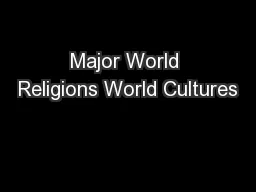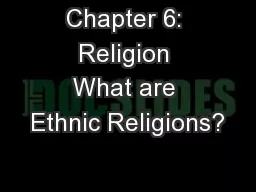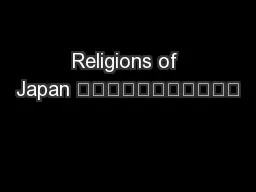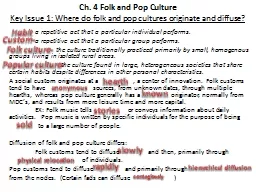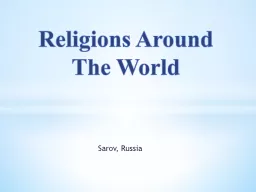PPT-WORLD RELIGIONS Culture Religion = critical part of culture
Author : tawny-fly | Published Date : 2019-03-16
Core values and beliefs come from religion Enmeshed with our cultural and social systems Tied to pop growth Politics Design and structure of cities Sacred space
Presentation Embed Code
Download Presentation
Download Presentation The PPT/PDF document "WORLD RELIGIONS Culture Religion = criti..." is the property of its rightful owner. Permission is granted to download and print the materials on this website for personal, non-commercial use only, and to display it on your personal computer provided you do not modify the materials and that you retain all copyright notices contained in the materials. By downloading content from our website, you accept the terms of this agreement.
WORLD RELIGIONS Culture Religion = critical part of culture: Transcript
Download Rules Of Document
"WORLD RELIGIONS Culture Religion = critical part of culture"The content belongs to its owner. You may download and print it for personal use, without modification, and keep all copyright notices. By downloading, you agree to these terms.
Related Documents

